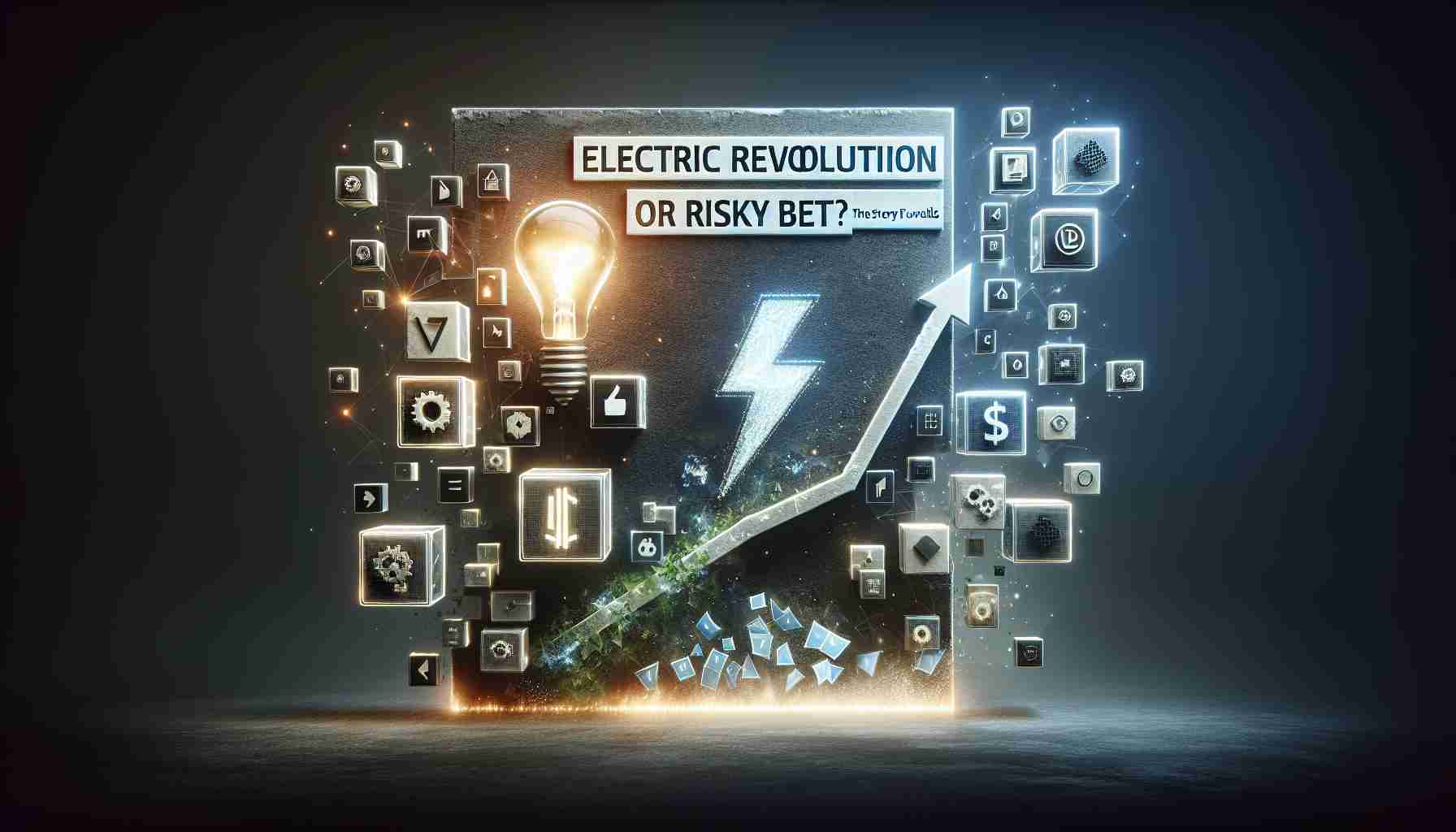QuantumScape Sparks Interest and Concerns in the EV Industry
QuantumScape, a notable player in the development of solid-state battery technology, has seen its stock plummet by 27.05% this year. This sharp decline has made investors question whether this company is a hidden opportunity or a perilous investment. QuantumScape’s innovation in solid-state batteries offers a potential breakthrough for the electric vehicle (EV) market.
Unlike traditional lithium-ion batteries, which utilize liquid electrolytes, QuantumScape’s batteries feature a solid ceramic separator that could revolutionize the EV landscape. This advancement enables ultra-fast charging, achieving 80% battery capacity in just 15 minutes. Additionally, these batteries aim to offer a range of 400 to 500 miles on a single charge. Safety and longevity are noteworthy benefits, reducing fire risks and extending battery life significantly.
A strategic partnership with Volkswagen’s subsidiary, PowerCo, has further validated QuantumScape’s technology. Through this collaboration, PowerCo possesses a license to manufacture the batteries, with an annual potential output of one million units. This agreement not only strengthens QuantumScape’s position but also provides it with a financial boost through a significant royalty prepayment. Recent shipments of B-sample prototype cells to automotive partners highlight steps towards mass production.
Despite its innovative prospects, QuantumScape faces significant challenges, such as scaling production and intense market competition. As a pre-revenue company, it continues to burn through its cash reserves, raising questions about its financial sustainability. For investors, QuantumScape offers a high-risk, high-reward scenario in the ever-evolving EV sector, promising substantial potential returns but with inherent risks.
Electrifying Potential or Volatile Venture? The Untold Aspects of Solid-State Batteries
The advent of solid-state battery technology, led by companies like QuantumScape, presents a captivating narrative in the electric vehicle (EV) industry. While QuantumScape grabs attention, what other developments are unfolding within the realm of solid-state batteries that could reshape technology and human progress?
Solid-state batteries stand at the forefront of EV technology due to their enhanced energy density and safety features. This higher energy density not only promises longer driving ranges but could also be pivotal for other applications like consumer electronics and renewable energy storage. Imagine mobile devices lasting days on a single charge or home solar systems that efficiently store excess energy.
Impact on Renewable Energy Integration
Solid-state batteries could potentially accelerate the integration of renewable energy sources, offering a more effective storage solution needed for solar and wind energy. Currently, the intermittent nature of these energy sources presents challenges for consistent power supply. How could these batteries transform this landscape? By providing robust, safe, and long-term storage, solid-state batteries might make renewable energy as reliable as fossil fuels, profoundly impacting global energy policies and efforts against climate change.
Overcoming Technological Hurdles
Yet, there are technological hurdles to overcome. The manufacturing process for solid-state batteries is complex and costly, hindering large-scale production. Questions remain about the longevity and practicality of the solid ceramic separator under real-world conditions. As researchers continue to unlock new potential, innovations in material science and production techniques are required to lower costs and enhance scalability.
Advantages and Disadvantages: A Double-Edged Sword
Advantages: The primary advantages include improved safety by eliminating flammable liquid electrolytes, faster charging times, and longer lifecycle. Additionally, solid-state batteries can operate effectively in a wider range of temperatures, expanding their usability in different environments.
Disadvantages: However, challenges include high production costs, potential fractures within the solid electrolyte leading to performance degradation, and the requirement of entirely new manufacturing facilities. These aspects form a barrier to immediate mass-market adoption.
Controversial Outcomes
Controversies surrounding the timeline for mass adoption and the feasibility of consistent advancements continue to surface. Can companies like QuantumScape deliver on their promises, or will they falter under financial strain and competitive pressure? With the world watching, every misstep can escalate skepticism.
Clickbait Query: Is the World Ready for the Solid-State Revolution?
To what extent can these batteries adapt to existing EV architectures without drastic redesigns? This question underscores a critical transition challenge for automakers and tech innovators aiming to incorporate this technology seamlessly into current frameworks.
For further insights on technology advancements and energy storage, check out CNBC and TechCrunch.
In conclusion, the march towards a solid-state future is fraught with both exciting prospects and formidable challenges. For enthusiasts and skeptics alike, the evolution of this technology will be pivotal in steering the course of human advancement and environmental sustainability.







